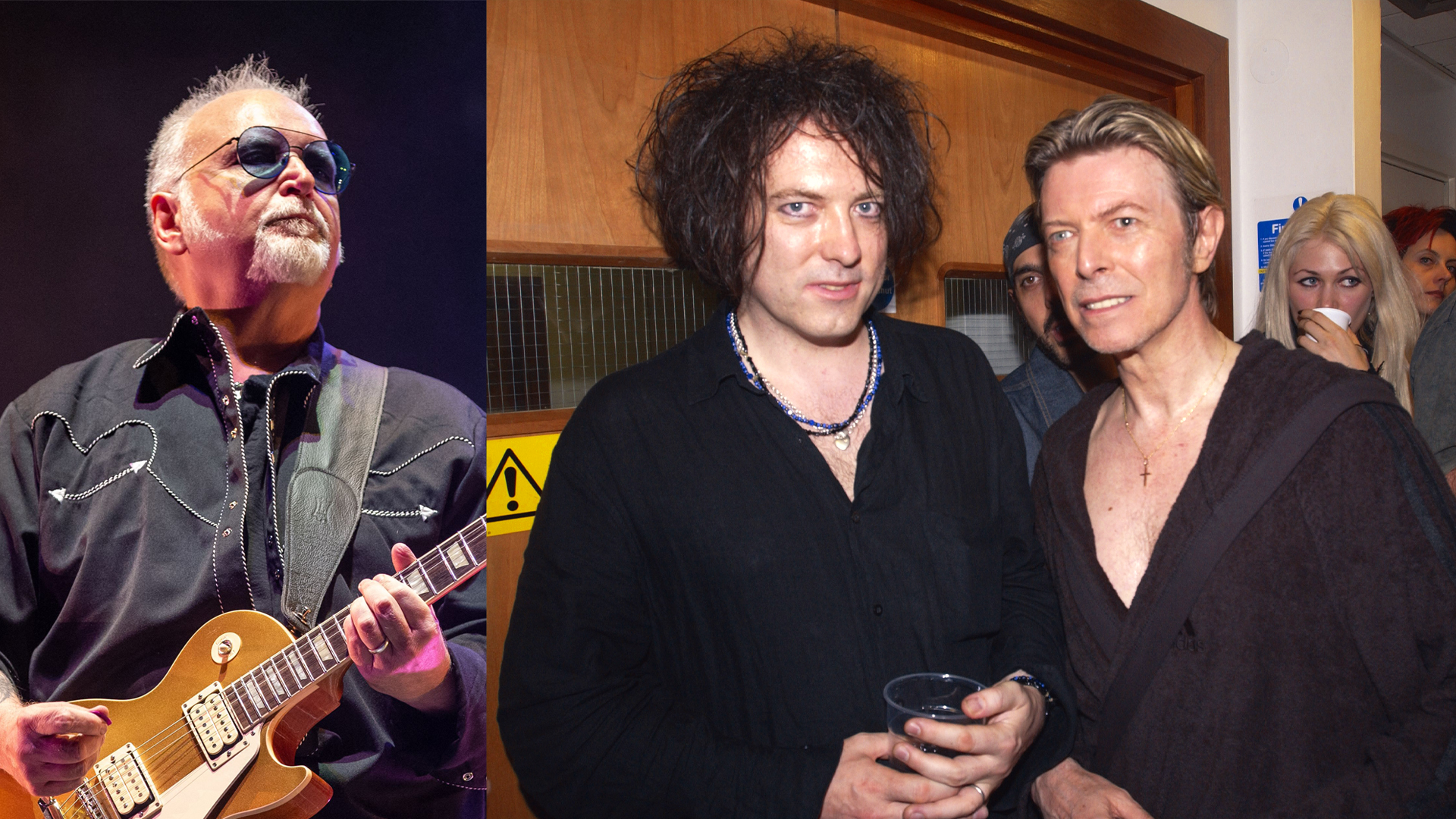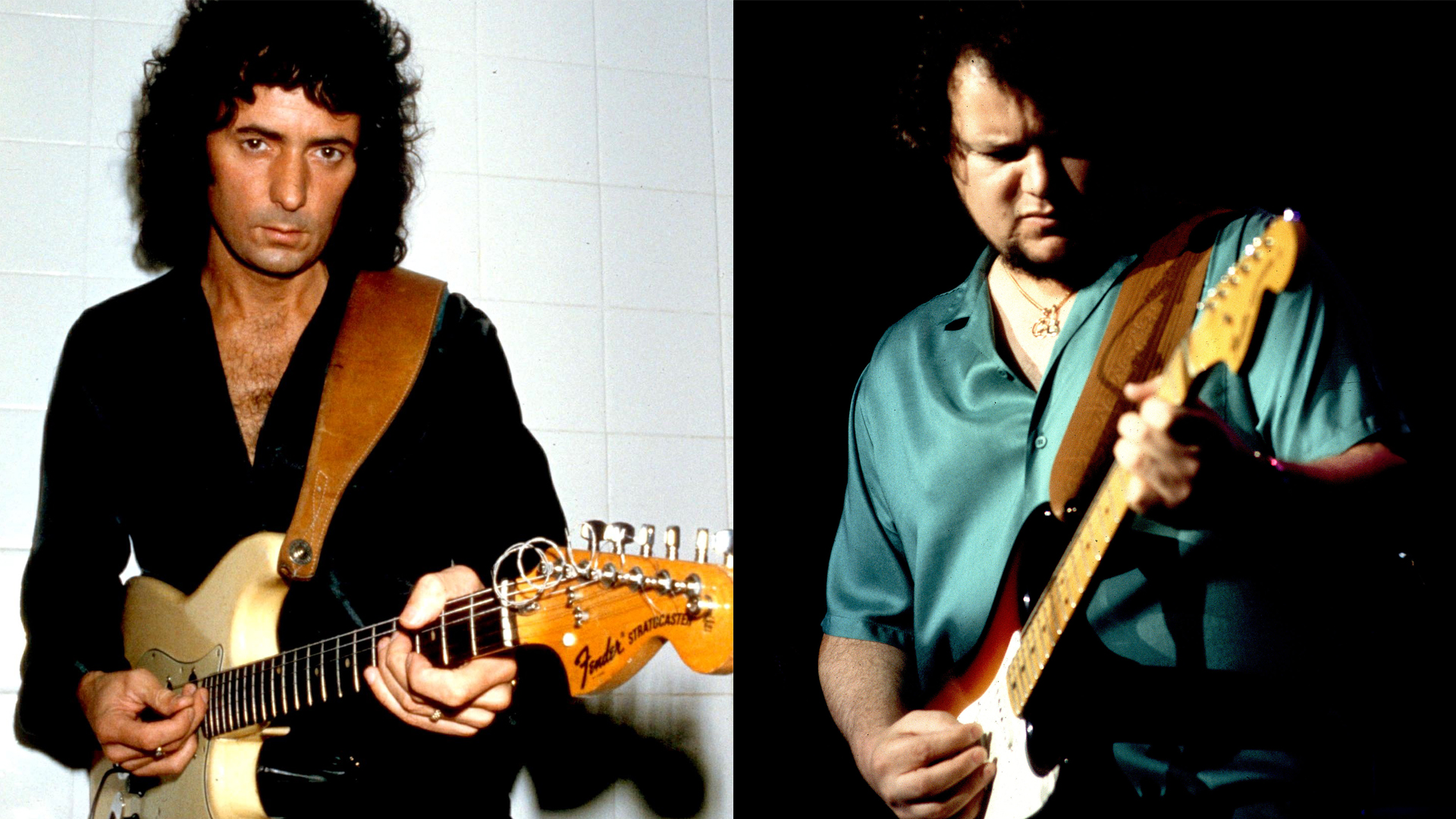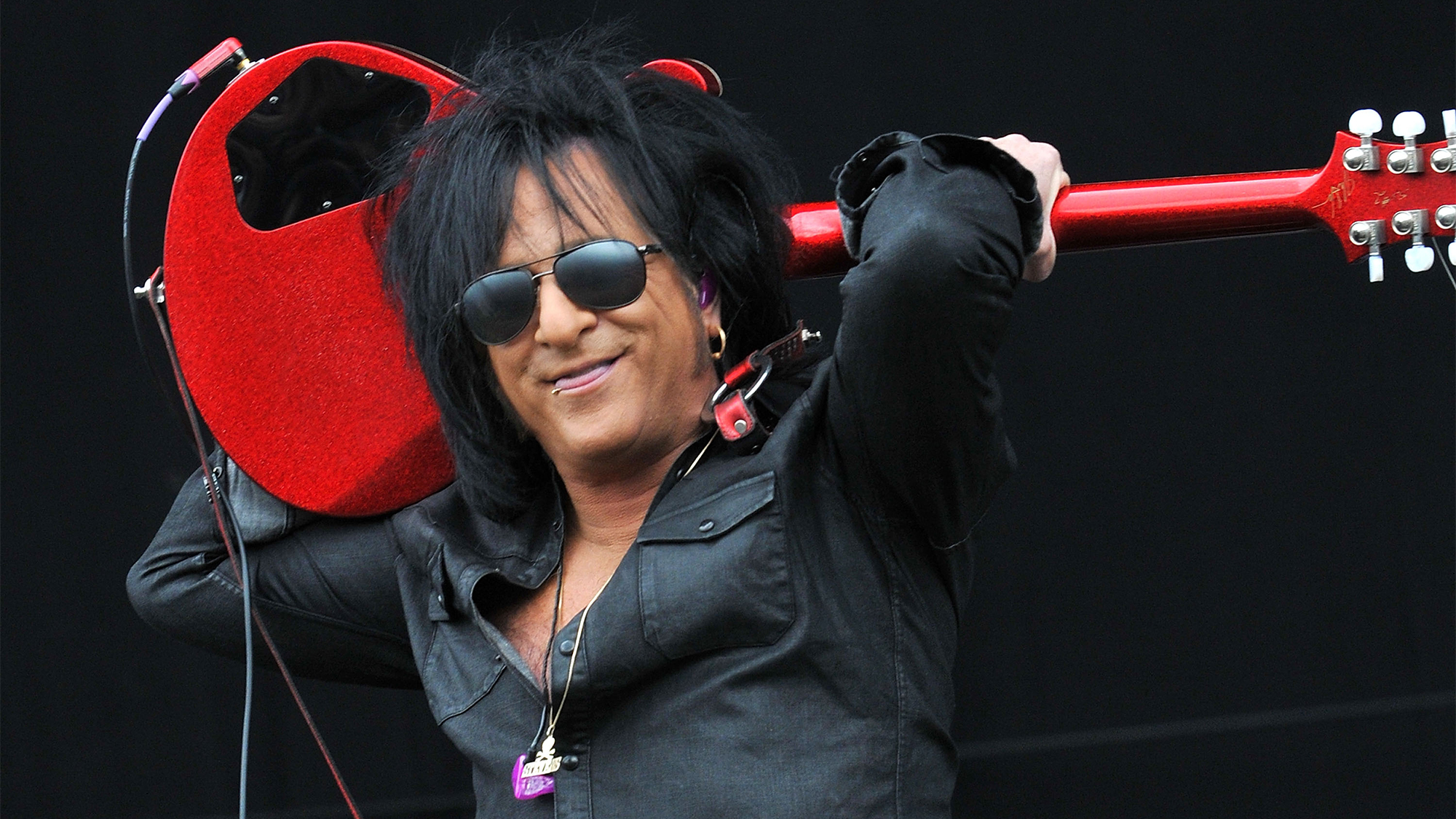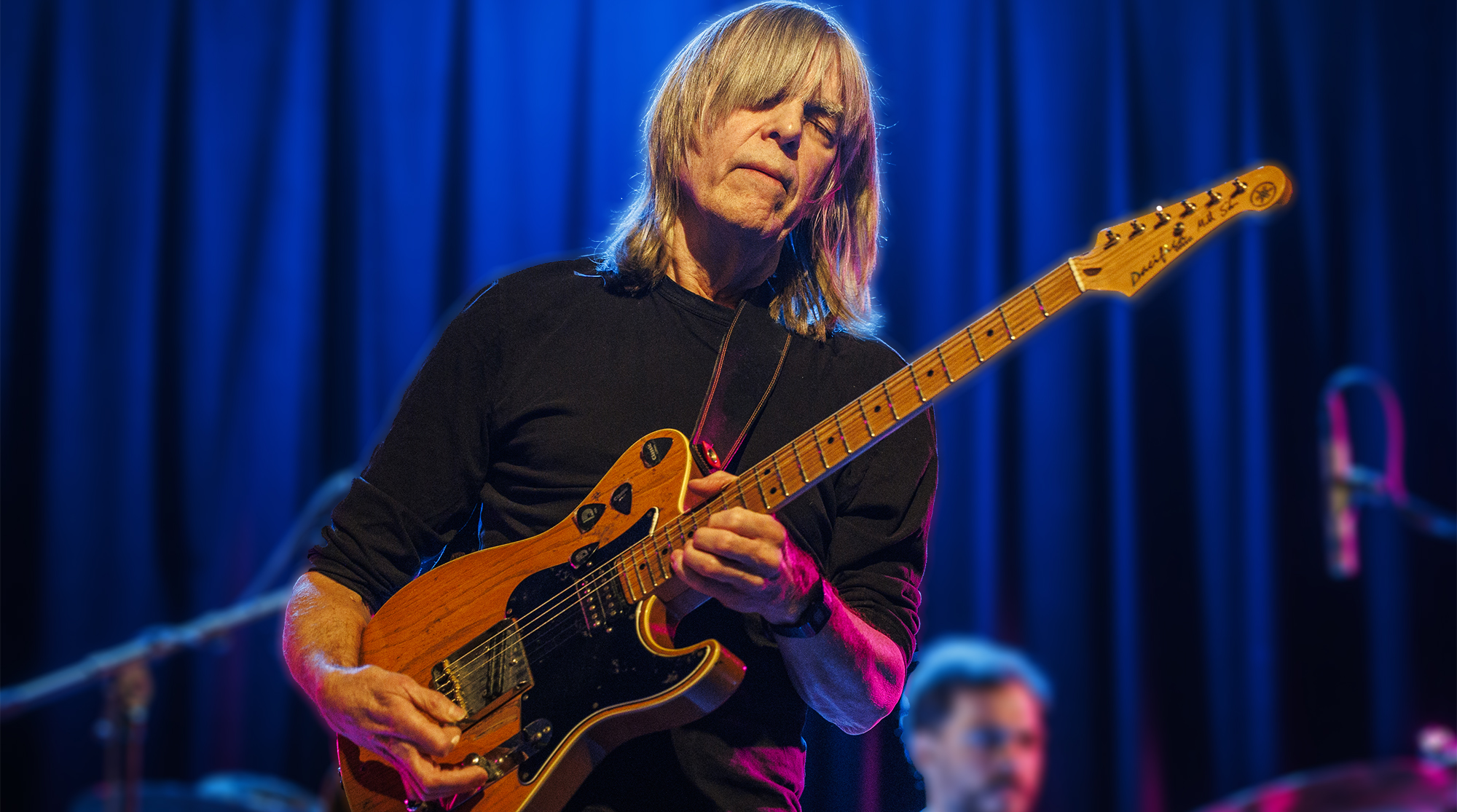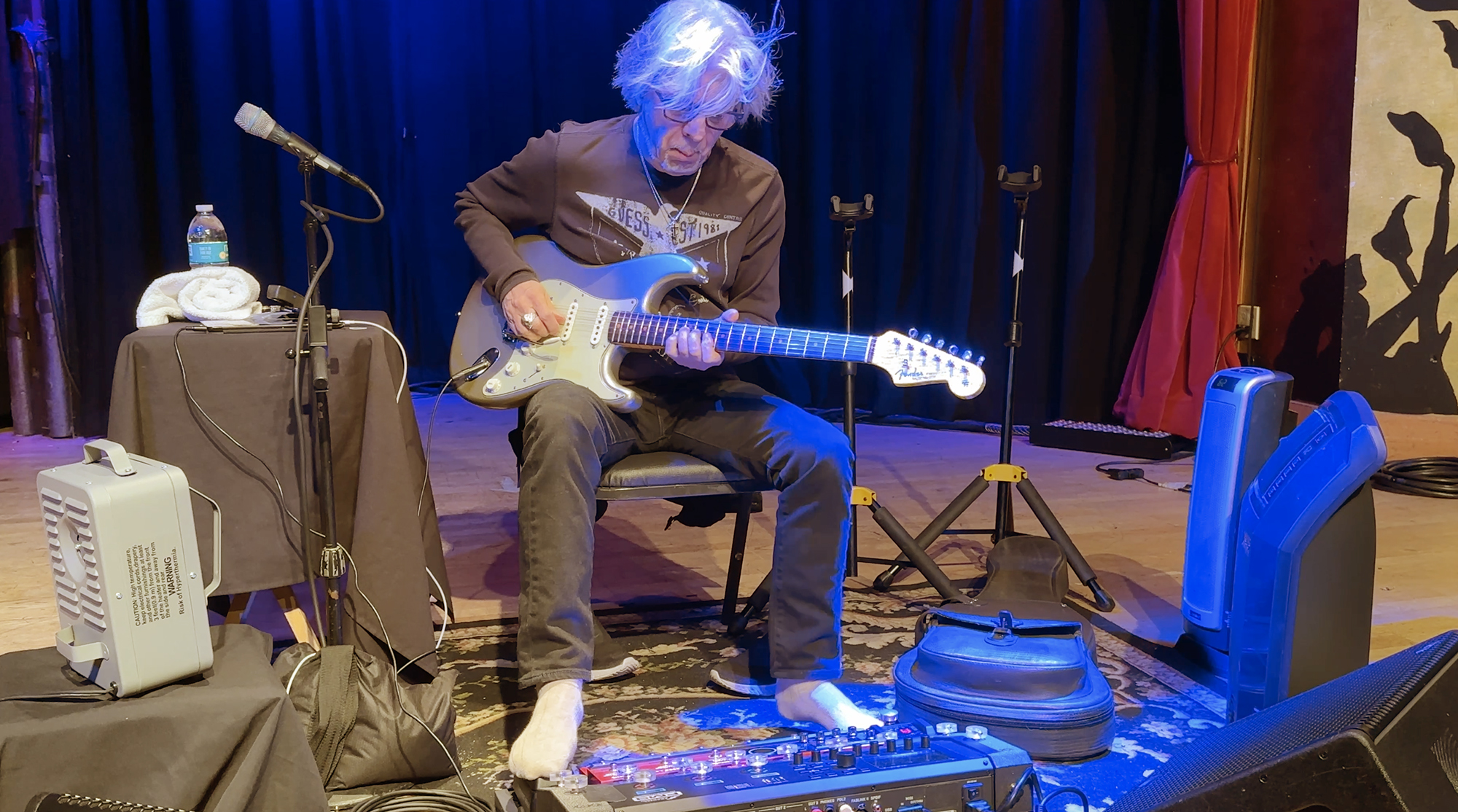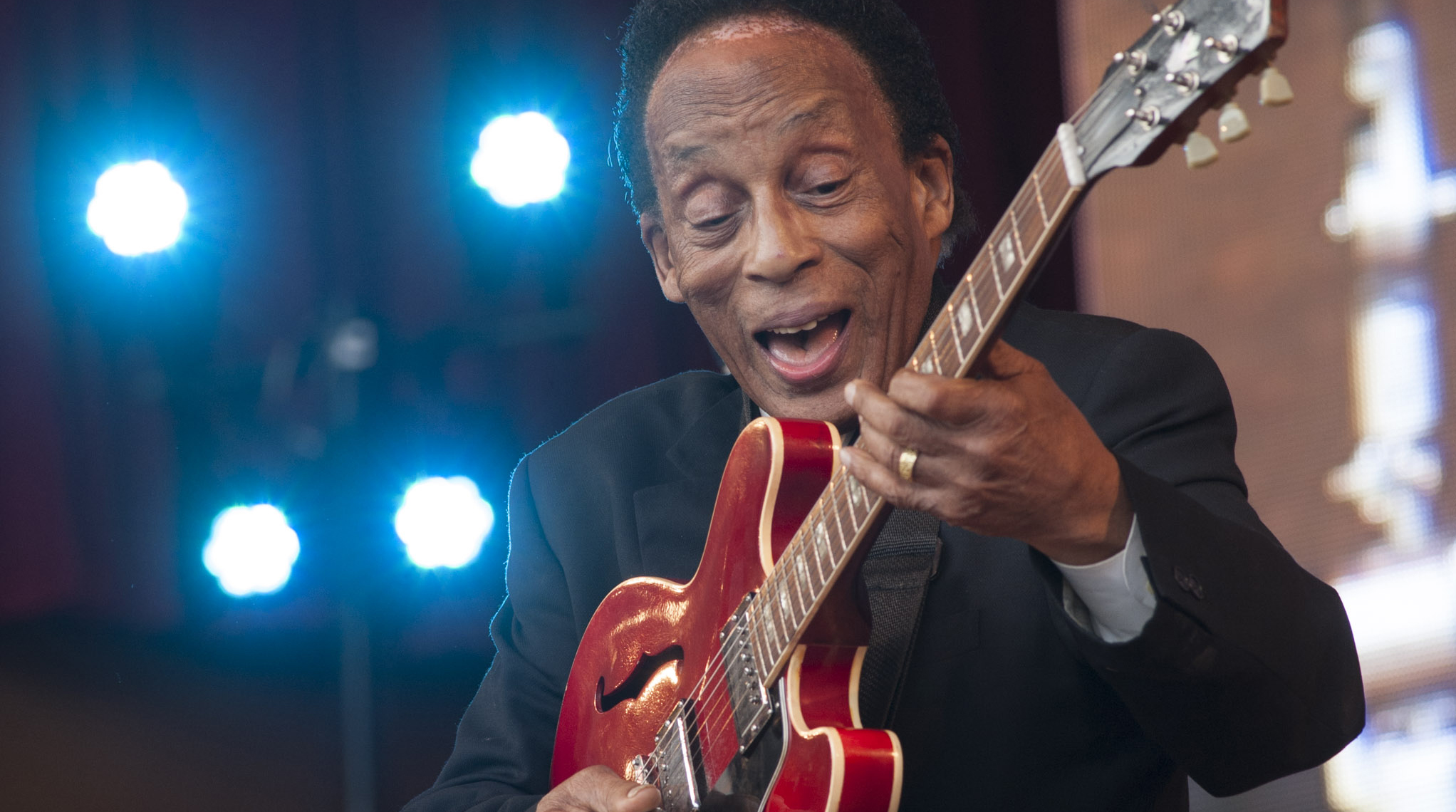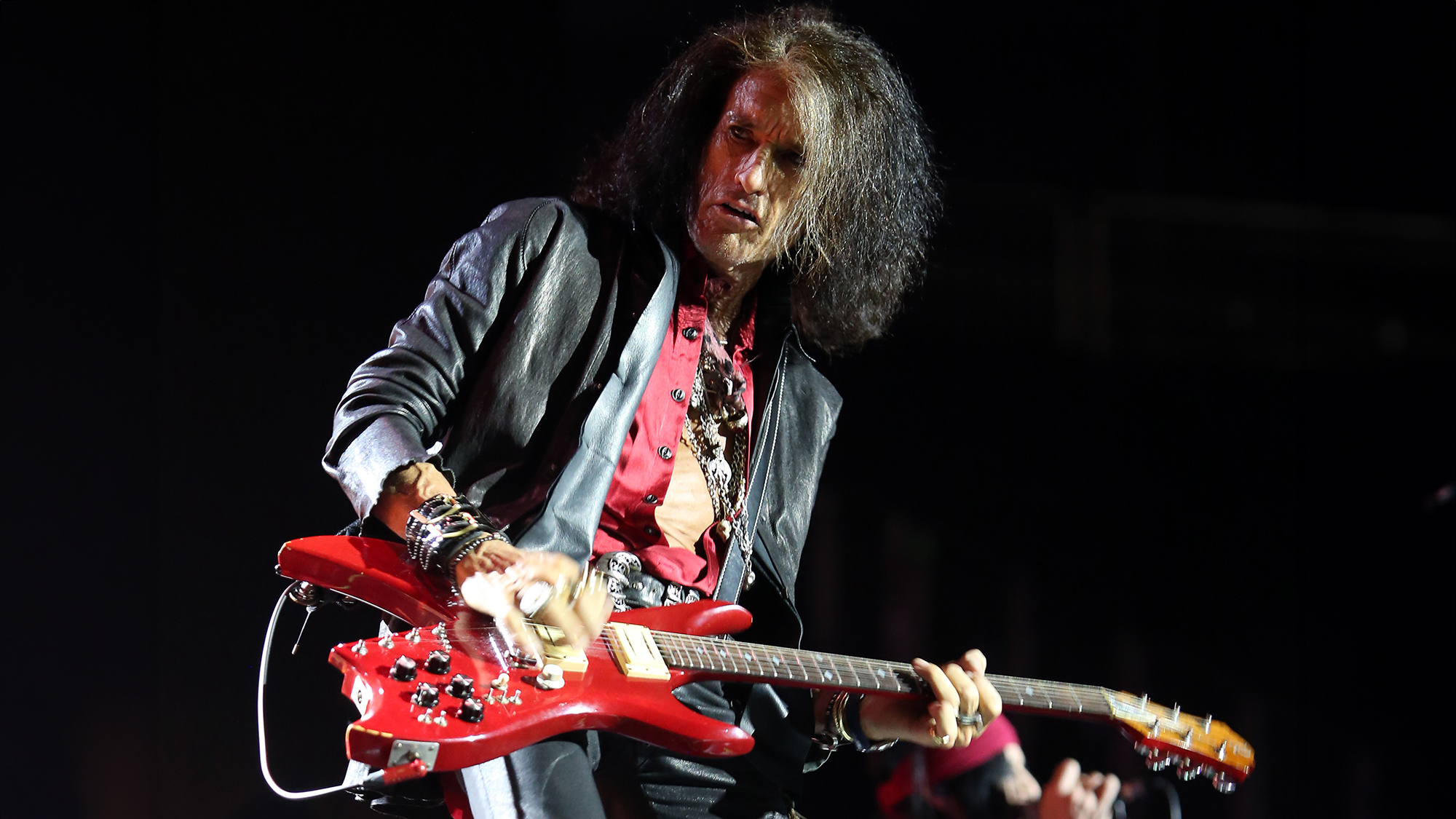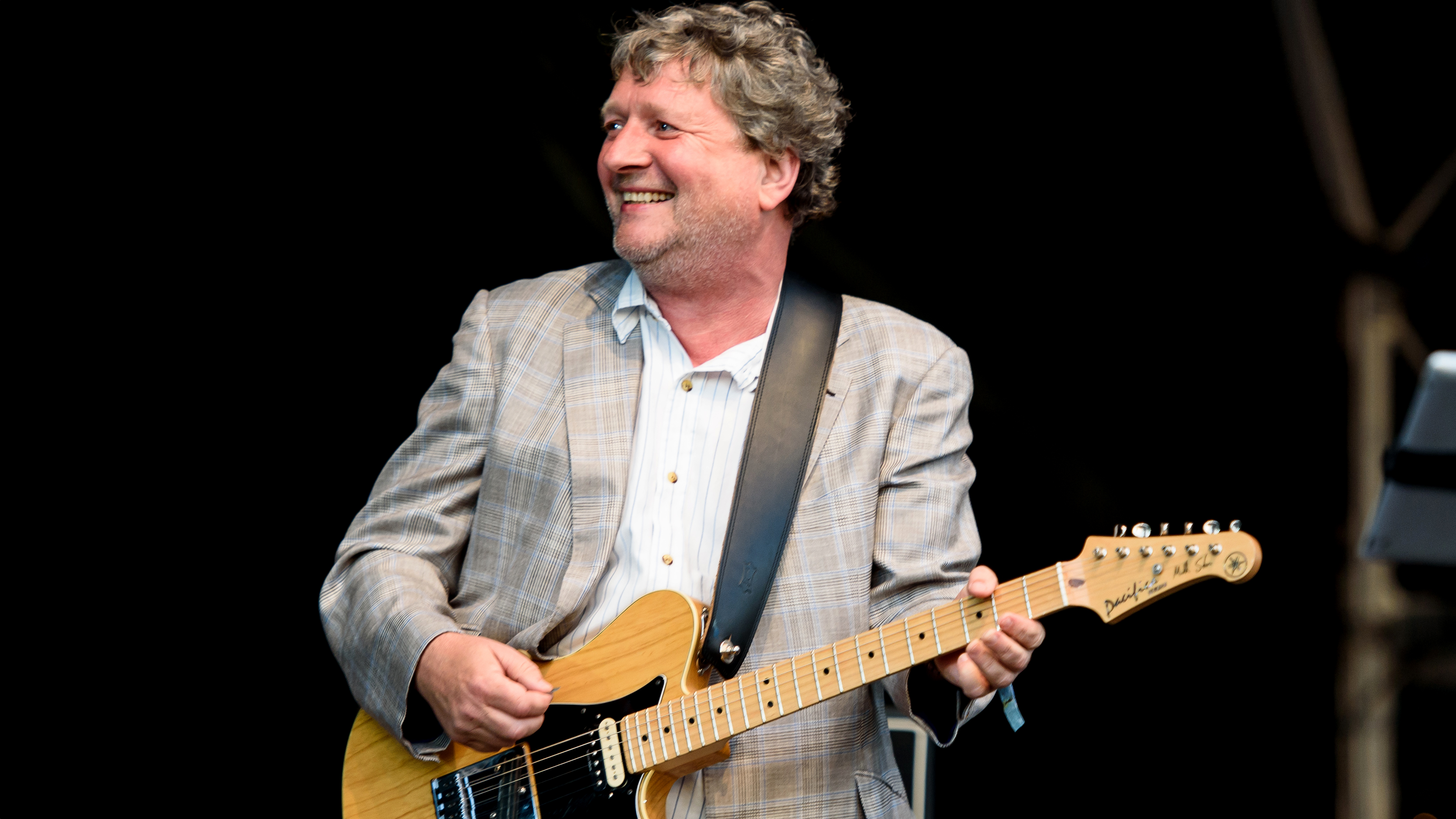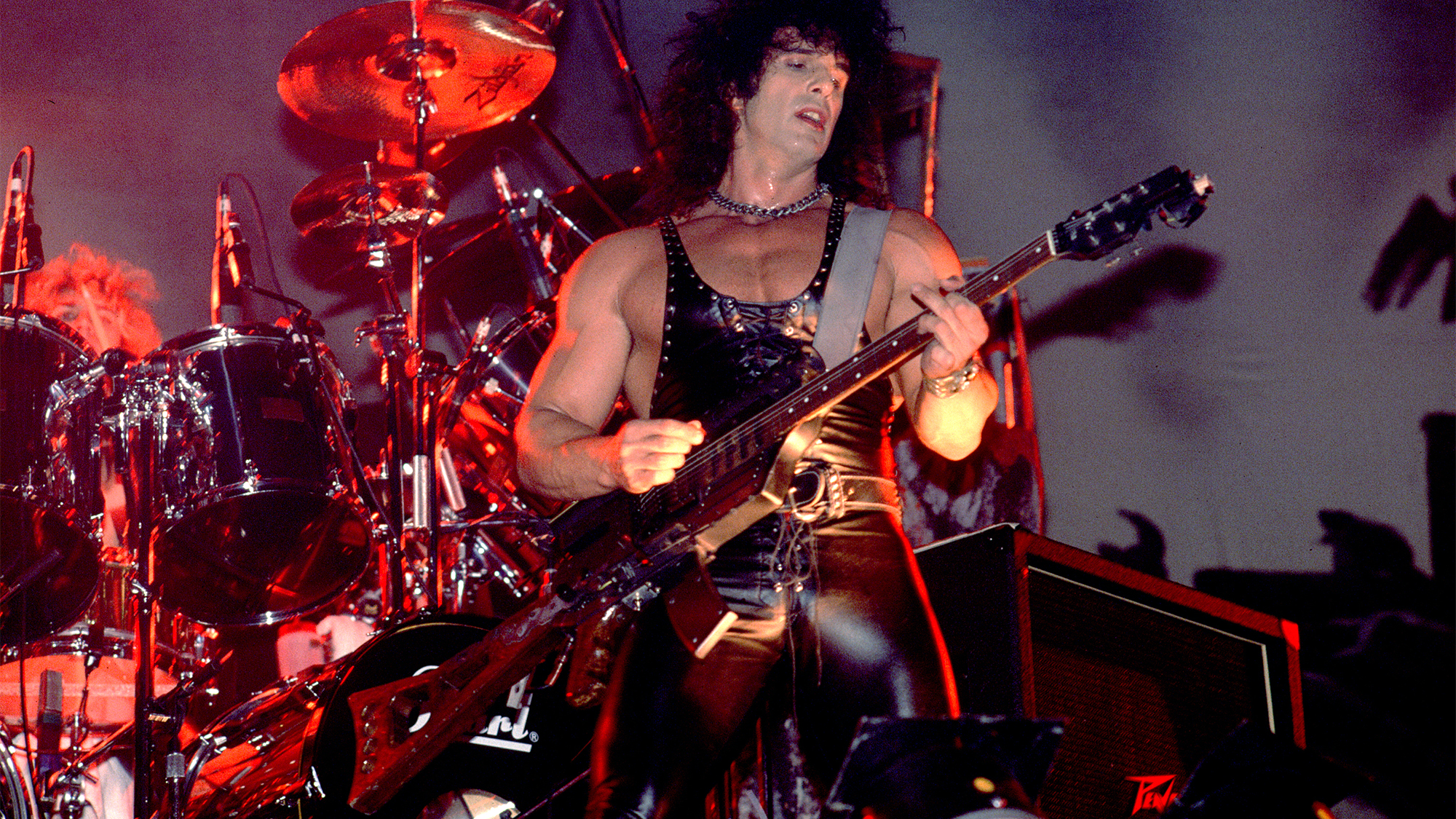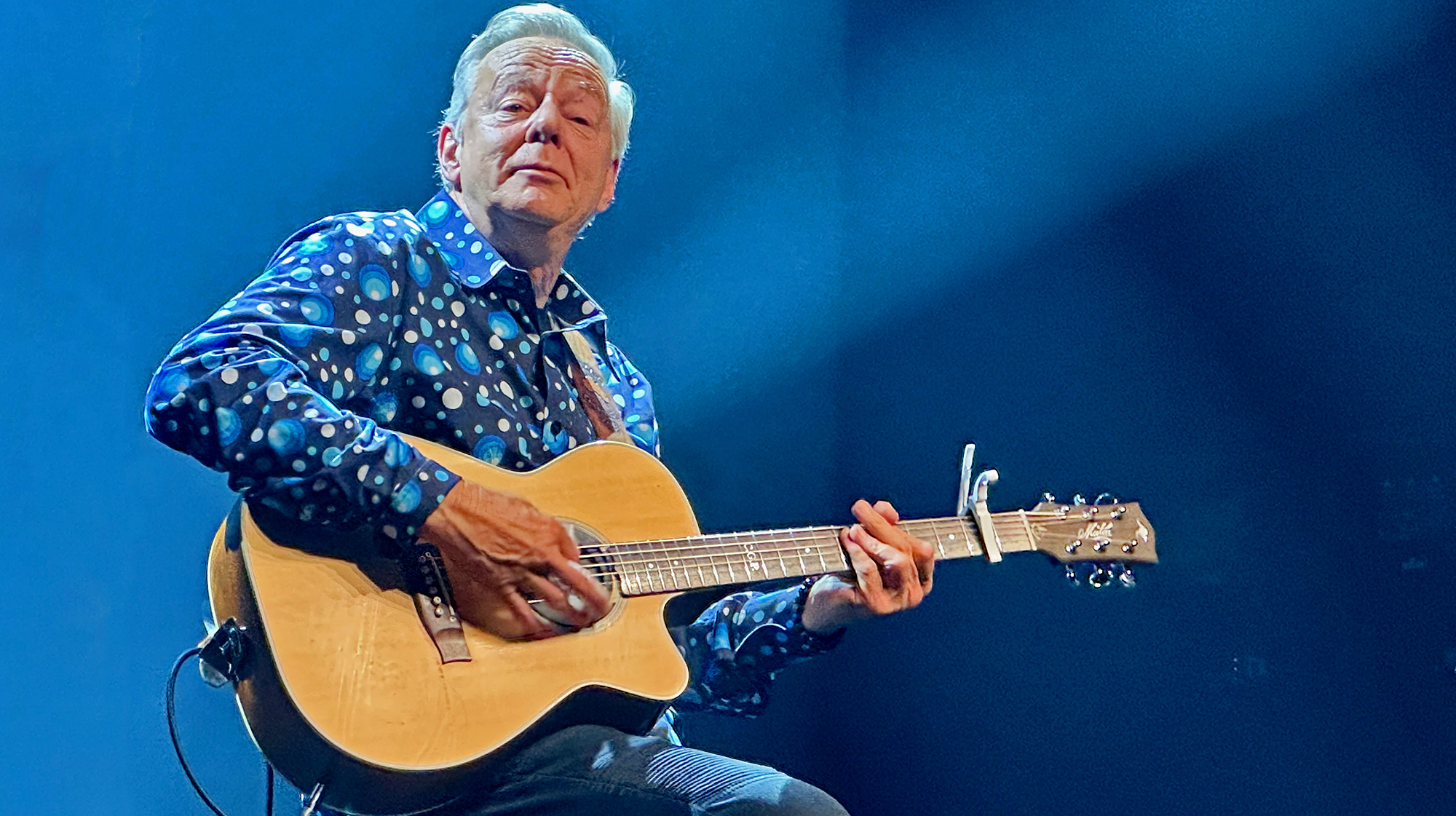“The guys had big smiles on their faces, like, ‘What did you do?’“ Elliot Easton talks us through his guitar solos on “My Best Friend’s Girl,” “Just What I Needed” and three other classic cuts
The guitarist also shared details of a song he wrote for a Guitar World compilataion CD that ended up on his 1985 solo album
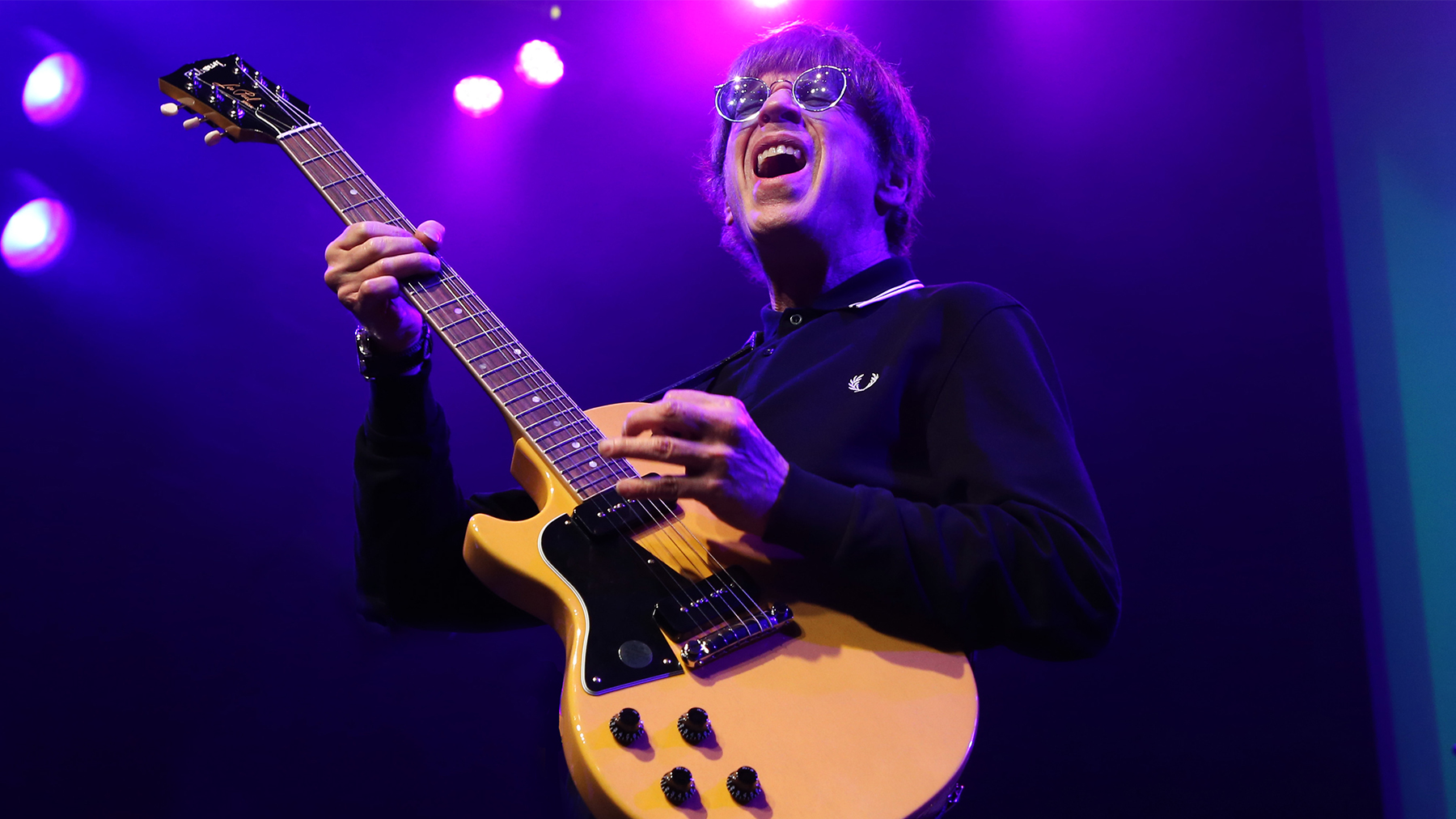
In the late ’70s, Elliot Easton helped to redefine what it meant to be a guitar hero. As a founding member of the Cars, he was the six-string force in a band that fused power-pop with the emerging new wave movement, defining a new breed of guitarist for those who preferred tuneful solos, riffs and licks over speed and technical virtuosity.
While the decade had been fueled by electric guitar players like Jimmy Page, Ace Frehley, Brian May and David Gilmour, Easton was nothing like them. He was an everyman, but, man, could he rip it up, and with a gorgeous clean tone to die for. One listen to the Cars’ self-titled debut will tell you as much. From smooth Beatles-inspired licks to bouts of chickin’ pickin’ to heavy riffing, Easton brandished his Telecaster with vigor, showing the world that you didn’t have to label yourself as “cock rock” to make a mark on the scene. .
Ironically, Easton and the Cars hit the scene in 1978, the same year that another game changer by the name of Edward Van Halen arrived, albeit at the other end of the spectrum. Easton and Van Halen’s simultaneous rise provides an interesting case study in shred versus restraint.
Here, Easton walks us through four of his greatest Cars-era solos and gives us the background on one of his early solo cuts as well.
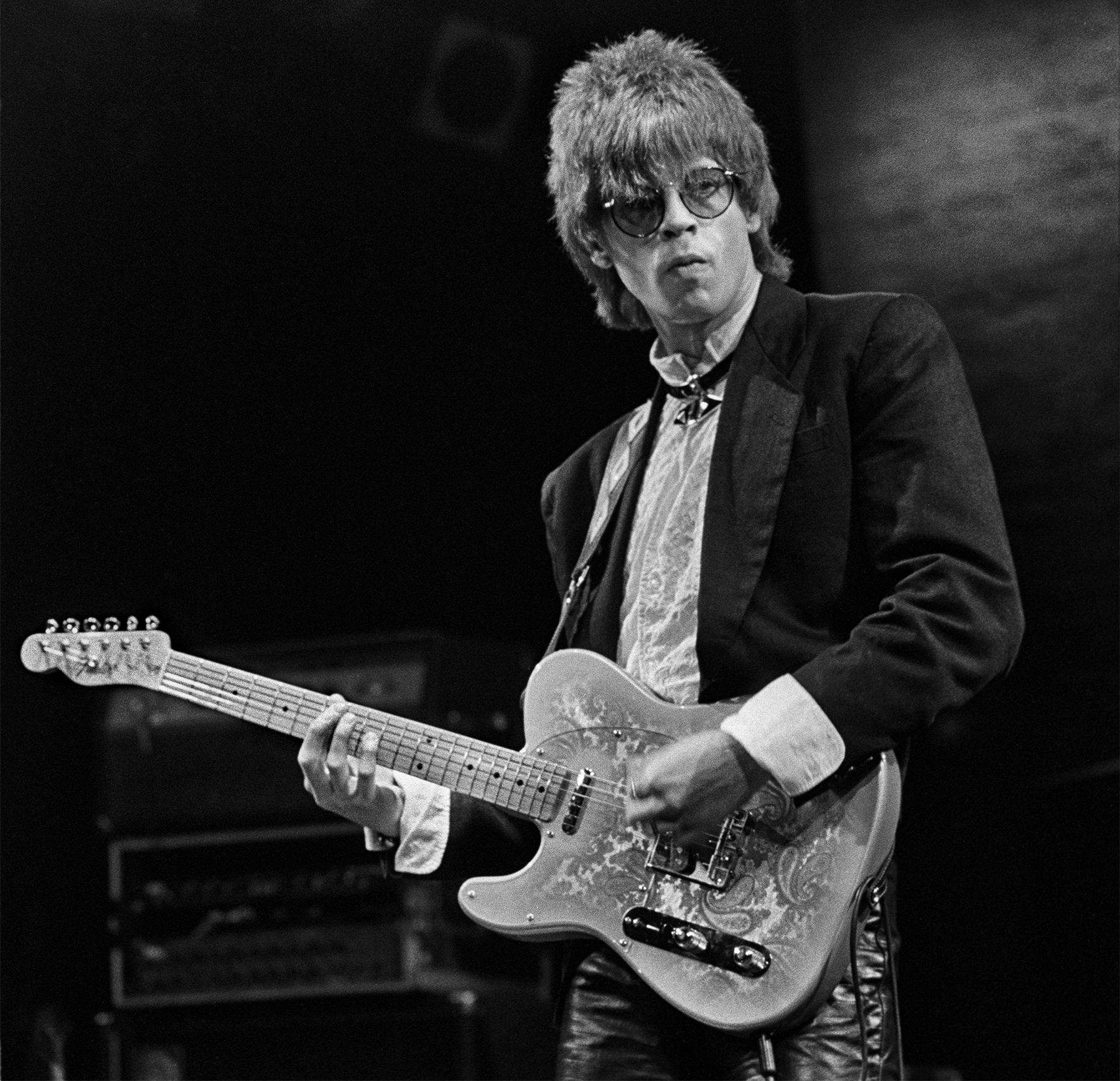
“My Best Friend’s Girl” — The Cars (1978)
“A lot of my solos are written beforehand, and I remember composing the solos of ‘My Best Friend’s Girl’ before I got into the studio. David Robinson, our drummer, and I were sharing an apartment on Commonwealth Avenue [in Boston], and I was fooling around with a rehearsal tape of the song, and I hit on that main lick, which sounds a little bit like the one from the Beatles song ‘I Will’ [in the break between the verses]
“But it’s not exactly like that because it kind of stays static; it just stays on the E chord, and I’m actually moving through 1-6-2-5 with my main lick. Even though the song is 1-4-5, I’m doing a little bit of chord school substitution there. I’ve always liked, you know, from high school, when I was starting to get really good at guitar, I always loved country guitar players as well as blues and rock players.
“I loved James Burton and Roy Buchanan, Clarence White and aplyers like that. While there was really nothing about the song that would suggest a sort of Bakersfield-flavored solo, it’s just something that I heard. I worked on it, I put it together, and I prepared it. I remember coming into rehearsal, and we played the song; I played that stuff, and the guys had big smiles on their faces. They were like, ‘Wow, listen to that! What did you do?’ Everyone really seemed pleased with it.
“We didn’t have much equipment for the first album, because we didn’t really have much money — or any money — yet. I played a ’77 Telecaster that I’d modified with a mini-Firebird Bartolini Hi-A pickup in the neck position. It was like a mini-Firebird shape. So I had that in the neck and just a regular treble pickup in the bridge.
“At some point, that guitar got a Seymour Duncan Quarter Pounder, but I don’t think I knew Seymour yet, so I probably just had the stock pickup in the bridge. And I played it through, I believe, a Fender Twin. We had a Twin in the studio in England with us while we were making the record. I didn’t have any effects for this album, except a Morley Echo/Volume pedal. I would have used it get some slap-back echo for that little bit of rockabilly flavor, but we were able to create natural echo in the studio, so I didn’t use it.”
“Just What I Needed” — The Cars (1978)
“Again, this was sort of a composed solo, but we’d been playing that song a lot in clubs, so it might have developed and evolved by playing it live. But certainly, by the time I got into the studio, I knew exactly what I was going to play, so I would call that a composed one or a little mini-composition.
“Besides that Telecaster, I had a Gibson Les Paul Standard with DiMarzio Super Distortion Humbuckers in it, which was the new, hot thing at the time. And I had a Martin D-35, which I used very little on the record. I think I used it on ‘All Mixed Up’ for a couple of strums in-between the verses, but you can barely hear it, if at all.
“Our producer, Roy Thomas Baker, made me double-track my part. The second time I played it, he varied the speed to slow it down slightly, so it’s slightly out of tune with itself, and it creates a chorus effect. I doubled most of the solo, too. You can’t hear it because it’s so tight, but I double it.
“I don’t remember if we had a Marshall, but we had Ampeg V-2s and a couple of other amps. We might have had a Marshall cabinet — I think it was the Ampeg head with a Marshall cabinet — and Roy would record my solos using three mics. It was a big room with a lot of air, so he would close mic the cabinet with one microphone and then put one on a boom stand about three feet away and up a little bit.
“Then he put one at the other end of the room on a giant boom, which stood up to the ceiling and up in the corner. And he would blend all three mics together to get this really huge sound.”
“Shake It Up” — Shake It Up (1981)
“‘Shake It Up’ was a funny one. We did that one at our studio in Boston, Syncro Sound. And the concept for the solo was I wanted it to sound like two guys were trading off. So for the first half of the solo, I’m playing like that chicken pickin’ thing using my Telecaster through a ’65 blackface Fender Deluxe. It was a beautiful left-handed L-Series Telecaster in Lake Placid Blue that I paid, like, $650 for back then!
“Then, I wanted to sound like another guy for the second half of the solo that starts with the melody, so I plugged my Gibson ES-355 into the Deluxe, and just cranked amp all the way.”
“Dangerous Type” — Candy-O (1979)
For “Dangerous Type,” I used a Boogie head through a Marshall cabinet. I remember the Boogie head was in the control room, and I gotten a gorgeous ’63 left-handed Stratocaster, which was Candy Apple Red, and had a matching headstock—and this was stock Candy Apple Red!
“We’d been playing the song live at that point. The first album was out, and so we were touring, but we weren’t introducing too many new songs that weren’t on the [first] album. ‘Dangerous Type’ was one of the few that we were playing then, and I’m sure that I started blocking out what I was going to do for the solo. I just refined it and nailed it down for the record, which we did in L.A. Cherokee Studios.”
“Walk On Walden” — Change No Change (1985)
“The backstory to ‘Walk On Walden” is that Guitar World magazine was putting together this CD called Guitars That Ruled the World, and they asked me to contribute a track. I thought, You know, there are always heavy-hitter guitar players who are gonna blow their brains out trying to play the most mind-blowing, shredding kind of thing they can come up with. So I decided to do a complete 180 and composed an acoustic guitar piece tuned to DADGAD. I played it on an Ovation Elite guitar. I just plugged in and recorded that one on one of those old Akai MG-1214 [12-track] recorders. They used those cartridges that kind of looked like a Betamax tape.
“It’s funny, because I decided to throw a curveball and do exactly the opposite of what everyone else was doing, I’ve gotten some really nice responses to it over the years. And here you are today asking me about it!” [laughs]
Get The Pick Newsletter
All the latest guitar news, interviews, lessons, reviews, deals and more, direct to your inbox!
Andrew Daly is an iced-coffee-addicted, oddball Telecaster-playing, alfredo pasta-loving journalist from Long Island, NY, who, in addition to being a contributing writer for Guitar World, scribes for Rock Candy, Bass Player, Total Guitar, and Classic Rock History. Andrew has interviewed favorites like Ace Frehley, Johnny Marr, Vito Bratta, Bruce Kulick, Joe Perry, Brad Whitford, Rich Robinson, and Paul Stanley, while his all-time favorite (rhythm player), Keith Richards, continues to elude him.
“We’d heard Jimi Hendrix, we'd heard the Who, but now we finally got to see these guys. And watching Jimi Hendrix burn his guitar….” Grace Slick on Hendrix at Monterey, Jefferson Airplane and the Spanish origins of “White Rabbit”
“I’m still playing but I’m covered in blood. Billy’s looking at me like, ‘Yeah! That’s punk rock!'” Steve Stevens on his all-time worst gig with Billy Idol — and the visit to Jimi Hendrix's grave that never happened



